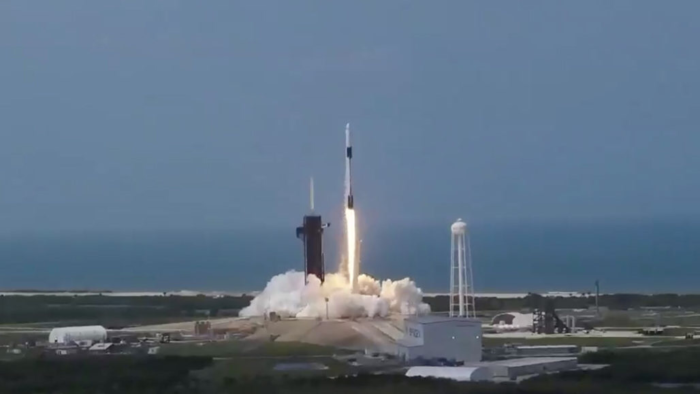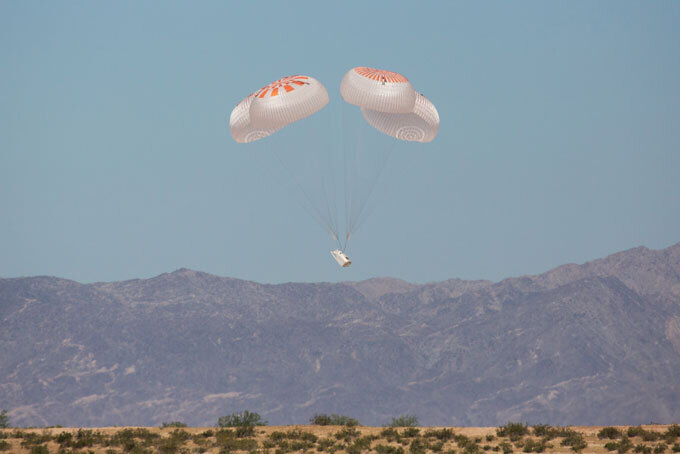By Abir Mamud
SpaceX’s Crew Dragon spacecraft launched at 3:22 p.m. from the Kennedy Space Center in Cape Canaveral, Florida, on May 30, 2020, to take U.S. astronauts Doug Hurley and Bob Behnken to the International Space Station (ISS).
“So rises a new era of American spaceflight, and with it, the ambitions of a new generation continuing the dream,” said NASA commentator Dan Huot shortly after launch.
The ship called Demo-2, the May 30 launch, and flight itself was to be the ultimate test of the spacecraft’s systems and its ability to ferry a crew into orbit. The Falcon 9 rocket landed safely on a floating platform after carrying the astronauts to space.
The launch was initially scheduled for May 27 but was rescheduled due to lousy weather less than 17 minutes before liftoff time. This time, the weather went back to normal. Astronauts have not launched into orbit from the United States since 2011 when NASA’s space shuttle program ended. Since then, the Russian Soyuz spacecraft has been the only way for astronauts of any kind to reach the ISS.
“It is absolutely our honor to be part of this huge effort to get the United States back into the launch business,” said Astronaut Hurley just before launch.
This launch marked an essential transition in space travel for NASA, transforming the government space agency from having complete control over U.S. launches, to being just another customer of a private space flight company. More importantly however, this shift should end the U.S. space agency’s reliance on Russia, and free NASA to focus on more complicated space missions, such as sending humans to the moon and Mars.
“The reason you have NASA is to push the envelope, to do things at the frontier,” asserts astrophysicist Jonathan McDowell of the Harvard-Smithsonian Center for Astrophysics in Cambridge, Mass. “Low-Earth orbit and the space station are no longer the frontiers. So you just hire a trucking company.”
In 2014, NASA partnered with private companies SpaceX and Boeing to develop new flight technology to carry astronauts into orbit and back. SpaceX is also working on a heavy-lift rocket that may eventually be capable of taking humans to Mars.
“It has a much higher public profile, and much worse consequences if things go wrong,” McDowell says about these partnerships with commercial companies. “So NASA has been understandably reluctant to take its hands off the wheel. It has been a big attitude shift within NASA to get this far. But I think it is the right time to do it.”

